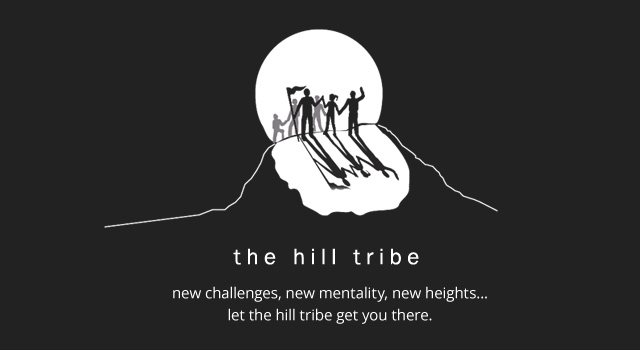Coaching skills builder – Stage 3
This blog covers the final steps of my Coaching Skills builder. This is a long one, but hopefully it provides a lot of useful information.
(For the previous steps, please visit: http://www.thehilltribe.co.uk/coaching-skills-builder-stage-1/ and: http://www.thehilltribe.co.uk/coaching-skills-builder-stage-2/ )
To deliver planned coaching, either as a coach or manager, it is worth devoting time to get comfortable with the steps below:
Step 7: Follow a coaching structure
This is where a coaching ‘model’ can be useful. ‘GROW’*, developed by John Whitmore, is the most simple and widely used.
GROW is an acronym for ‘Goals’, ‘Reality’, ‘Options’ and ‘Will’. Questions are used to understand the coachee’s Goals, test the Reality of their ambitions, come up with a number of Options, and then select the best option based on the possibility (Will) of undertaking actions to achieve the Goal(s).
With your coaching model as a guide, have a selection of general GROW questions in front of you. As the conversation develops, select questions from your list and try and make them a little more tailored to the situation you are dealing with. Next:
- Move to using visual prompts for appropriate questions, instead of reading them out. This allows you to maintain eye contact and active listening, a vital part of building up rapport and connection with your coachee.
- Practise learning a selection of questions. Over time, not only will you improve your questioning, you will improve your active listening also (as you won’t be worrying about the next question!). You will become more comfortable adapting these ‘learned questions’ to different circumstances.
Step 8: Clarify
Use ‘clarification’ as a tool to get the coachee to think more, and to stop you worrying about what your next question should be!
Clarification, following a response, can give the coachee further insight. It is not just a summary of what you’ve heard; it is ‘solutions-orientated’ and takes the conversation forward. When you clarify, the next question becomes more natural (trust me!).
Example:
Coachee says: ‘My boss says that if I don’t get better at using the phone with customers, I will miss out on promotion’
Coach clarifies: ‘It sounds like if you were to develop your customer contact over the phone, there might be more opportunities to progress.’
Step 9: Structured questioning AFTER diagnostic
It may seem strange to mention a ‘diagnostic’ as the final stage of your coaching development. But once you get comfortable with your coaching structure, you might try certain techniques to make the conversation more prescriptive, and better targeted from the start. To this extent, the ‘Logical Levels’* model could be used to determine where the coachee’s real issue lies. Even simpler, the Johari Window* could be used as a useful exploratory starting point.
Step 10: Feedback
When the coachee returns after completing their actions you will need to feedback in an appropriate format. Structured processes, such as the FEELING* model, can be used to good effect. This acronym stands for: F – gather the Facts; E – inquire about the Emotions that resulted; E – Encourage the coachee on whatever progress they’ve made; L – what Learning resulted?: I – what are the implications for other areas of their work/life?; NG – set a New Goal as result.
So there you are…it’s now over to you. If you are going to try any or all of these steps, please let me know how you get on.
*I will expand upon GROW, Logical Levels, the Johari window and the FEELING model in future blogs.







Leave a reply